Despite what many predicted would be a recession year, 2023 held on as inflation reached somewhat tolerable levels and unemployment rounded out the year at a nationally averaged 3.7%. High interest rates continue to “test the resiliency of the consumer”, and skittish “financial conditions have the effect of curbing purchasing power fueled by job and wage gains” (NRF). And though job adds weren’t at the peak highs we saw in ’21 & ‘22, businesses still displayed a desperate need for quality talent, bringing us full circle to what we presumed to be a permanent, post-COVID shift – employees still hold the cards.
Let's start with a quick look at notable datapoints.
Job gains
2023 finished out at 2.7 million job adds. And while the number of jobs gained was smaller than the previous two years, many of those new jobs are helping to slow inflation. That's because more Americans started looking for jobs in 2023. And more people looking for jobs put less pressure on employers to raise wages (USA Today).
Labor force participation rate of women
2023 saw the highest rate of working-age women, those between 25 and 54, participating in the labor force on record since 1948.
In June, this rate hit 77.8% — an all-time high. Among African American women in that age range, more than 80% are in the workforce (NPR). These numbers are driven by a number of factors – more flexibility from employers, but also the need to boost their household income to combat inflation and ‘uncertain economic seasons’ (BBC).
Despite the strength of women in the workforce, challenges persist. The struggle to retain reliable, consistent caretakers and educators in childcare facilities remains. Additionally, parental leave is not meeting the needs of many parents and legal guardians. The Biden Administration continues to campaign for their proposal requiring employers to provide 12 weeks of paid family and medical leave through a new federally funded program, expanding on current requirements for employers to provide unpaid leave under the Family and Medical Leave Act [FMLA] (SHRM.org). In fact, 85% of voters in battleground states favor paid parental, family and medical leave – a make-up of 96% Democrats, 82% independents, and 76% Republicans. Also reported, 96% of young voters of color favored it, as did 84% of suburban women (Lake Research Partners & politico.com).
But at what cost?
 The labor force participation rate ended the year at 62.5%, driven primarily by population aging (CNBC). GenZ is expected to exceed the number of Baby Boomers in the workforce this year (Glassdoor).
The labor force participation rate ended the year at 62.5%, driven primarily by population aging (CNBC). GenZ is expected to exceed the number of Baby Boomers in the workforce this year (Glassdoor).
So, what does the generational make-up of the workforce really tell us? What do we need to know? Navigating generational differences in the workplace will always exist and there will always be a new wave of talent on the horizon. Innovating your business and general policies and practices along with these new waves will give you a competitive edge.
Labor productivity
Nonfarm business labor productivity increased 4.7 percent in the third quarter of 2023, as output increased 5.9 percent and hours worked increased 1.1 percent. The productivity gain was the highest rate since a 5.7-percent increase in the third quarter of 2020 (BLS.gov).
Industry growth outlook
IBIS World shared a list recently of their top 10 fastest growing industries in the US over the next 2 years. Here’s who made the cut:
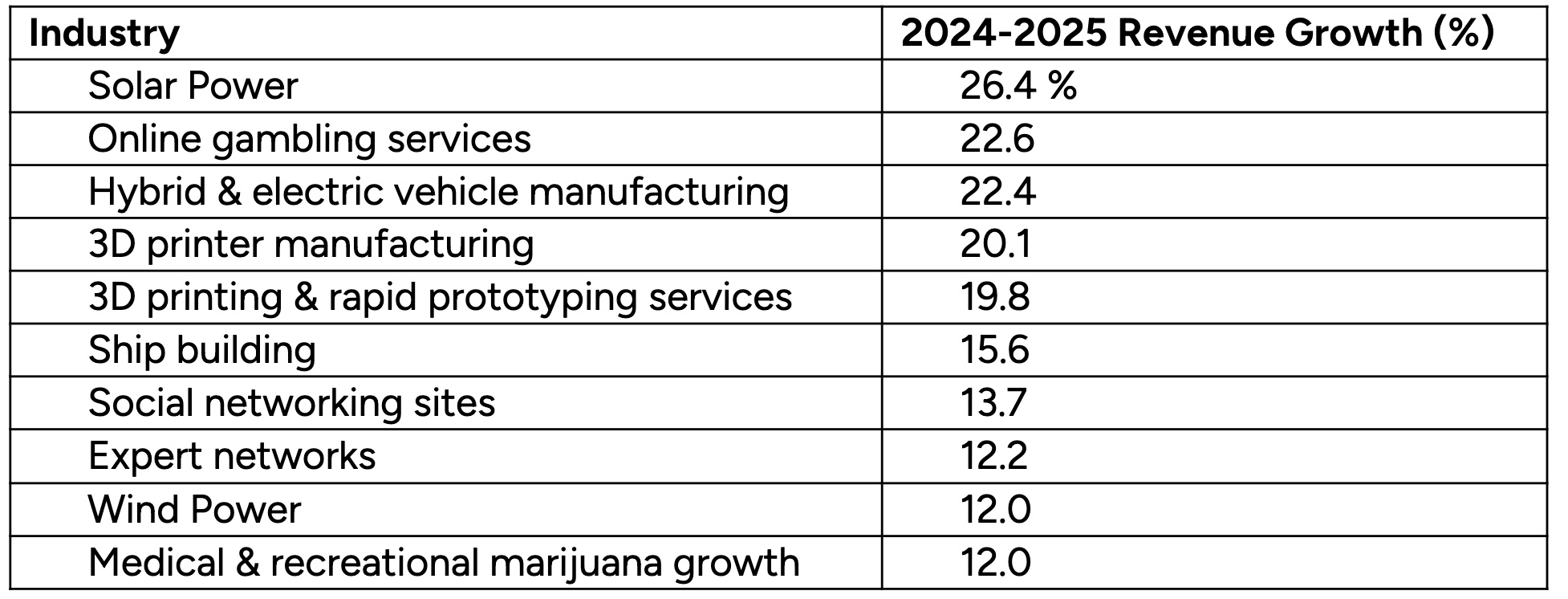
2023 headline hogs – a brief look at some of the top news stories last year
- Presidential past-times

Former President Donald Trump dominated the headlines again in March, when he was indicted in New York for the first of his four criminal indictments. Despite his chronic time spent under the microscope, Trump leads the Republican primaries currently with 32 delegates, leading only remaining opponent Nikki Haley by 15 delegates (APnews).
Election years have been known to bring a level of uncertainty into the economic landscape. Depending on the current level of economic stability leading into an election, companies tend to adopt a cautious approach to the way they run their business, including delayed hiring decisions and relative investment plans until the dust settles, i.e. changes in policy, shifts in government spending, and general regulatory adjustments. Only time will tell how businesses will ride the election wave and respond to the outcomes.
- Systematic striking
People continued to find and use their voice in 2023, as it was a record-breaking year for strikes across the United States. More than half a million workers staged nearly 400 strikes during the first 11 months of last year, according to Cornell University’s Labor Action Tracker.
HTI CEO, Herb Dew reflected on the UAW strikes in late November, “As one of the most impactful labor movements in history comes to a close, what can we take away from the outcomes to guide us towards striking a balance between employees wants and needs and business demands? Strike outcomes included cumulatively raising the top wage by 33%, cost of living adjustments, faster progression to top pay, improvements (respectively) in retirement security, as well as a pathway to EV battery plants…We have yet to feel the impact of the wage and benefits increases, but this was a big win for unions, and potentially will inspire other unions to move more aggressively in the future.”
U.S. union membership rates fell to a fresh record low in 2023 despite it being a year of headline-grabbing organized labor strikes (Reuters). However, according to a report from energy.gov, employers with unionized workforces reported substantially less difficulty with hiring skilled workers than non-unionized employers.
 3. Winds of change
3. Winds of changeIn December, headlines swirled around the United Nations Climate Change conference, where nearly 200 countries agreed to transition away from fossil fuels (CBS News). Negotiators, in the world’s first ‘global stocktake’ of the Paris Agreement – agreed to ratchet up climate action before the end of the decade, with the overarching aim of keeping global temperature increase to 1.5°C above pre-industrial levels (un.org).
There is still much concern surrounding the topic, as critics cite cost at many levels, including developmental investments as well as the resulting cost spilled over onto the consumer, and the amount of space required for supporting renewable energy infrastructures. However, advocates lean on job creation, benefits of diversifying energy reliance, and cling to long-term benefits including climate-related improvements as well as decreased production costs over time to drive deflation of energy costs (pewresearch.org and worldbank.com).
As long as funding continues to pump into clean energy production, we can expect to see a steady uptick in related jobs. Take a look below at this report showing how employment has evolved within electric power generation since 2021 (whitehouse.gov).
Build your own mentality
It’s rare to find a candidate that meets all of the requirements you’re looking for. The build-your-own mentality is one we’ve been encouraging employers to embrace for years. We are starting to see a significant increase in businesses, especially in niche markets, offer intern or co-op programs and on-the-job training programs to mold their employees in the exact way that their business demands.
But employers don’t hold all of the responsibility. Job seekers have to learn how to set themselves apart from the herd. “The pool is now too large for general skills to garner notice; identifying the critical in-demand skills within particular industries, and investing in upskilling in those areas, can give hopeful candidates an advantage in a competitive market.” (Forbes)
I can recall a blog that one of our founders, David Sewell, wrote years ago titled, “How to identify, prepare and ask for the job you want”. Maybe you don’t know exactly what you want to do or where you want to do it, but you can surely identify an industry you’re drawn to as well as what you generally like to do, and start building your skillset according to that trajectory. Haphazardly applying for jobs hoping to get a bite will get you nowhere.
Job seekers must stay competitive to compete for jobs, and employers are looking for those highly skilled individuals to keep up with the competitive landscape of business in today’s rapidly evolving world. Furthermore, growth and development topped the charts again in 2023 as a highly sought after benefit (Forbes). But employers can’t stop once they’ve identified or molded the talent they need – employees want more and your business won’t survive on stale, stagnant skills.
Labor & employment law
In an ever-changing legal landscape, there’s a lot to keep up with as an employer. In fact, half of HR personnel state that they lack confidence in their capacity to keep up with the laws and regulations since they change often (llcbuddy.com).
Take a look at a few of the developments from last year (Brooks Pierce & SC Employers Blog).
Challenges to post-employment restrictive covenants
In the past year, several administrative agencies have turned their attention towards post-employment restrictive covenants like non-competes. In January, the Federal Trade Commission (“FTC”) issued a proposed rule that would prohibit non-competes on the basis that those terms suppress competition for workers, thus driving down wages. In May, another federal government agency, the NLRB, joined the fray with a General Counsel memo urging the NLRB to adopt the position that non-compete agreements violate the NLRA by discouraging employees from exercising rights protected by NLRA Section 7. We also saw an uptick in state legislation that limits or outright prohibits the use of non-competition clauses in the employment context. With these developments, 2024 is shaping up to be a critical year for restrictive covenants.
EEOC proposed guidance on workplace harassment
The guidance includes updated standards to reflect changes to the law and workplaces over the last several years. It also sets out minimum requirements for an employer’s anti-harassment policy and practices.
With the increase in virtual and remote work in recent years, the proposed guidance provides insight into the types of virtual conduct that can constitute actionable harassment under federal EEO statutes. It specifies that electronic communication using private phones, computers, or social media accounts – even if it does not occur in a work-related context – can affect the terms and conditions of employment.
PUMP Act
In the last days of 2022, Biden signed the Consolidated Appropriations Act, 2023, into law. The law includes the PUMP for Nursing Mothers Act (“PUMP Act”), which extends to more nursing employees the rights to receive break time to pump and a private place to pump at work and may impact some of the other information provided below. Under the PUMP Act, most nursing employees have the right to reasonable break time and a place, other than a bathroom, that is shielded from view and free from intrusion to express breast milk while at work. This right is available for up to one year after the child’s birth.
All employers covered by FLSA, regardless of the size of their business, are required to comply with this provision. Employers with fewer than 50 employees are not subject to the FLSA break time requirement if the employer can demonstrate that compliance with the provision would impose an undue hardship.
Pregnant workers fairness act
This requires covered employers to provide employees with reasonable accommodations for pregnancy, childbirth, and related medical conditions unless such accommodations would result in an undue hardship on the employer. Similar to other workplace legislation, the PWFA prohibits discrimination and retaliation against an employee or applicant due to their need for such an accommodation.
In Groff v. Dejoy, the Court clarified that an employer must provide an employee with an accommodation for a sincerely held religious belief unless the employer can show that granting an accommodation would result in substantial increased costs in relation to the employer’s business.
303 Creative LLC v. Elenis, the Court found that the First Amendment superseded a state law prohibiting private businesses from denying services to a customer on the basis of sexual orientation.
Here's to success galore in 2024
At HTI, we’re committed to walking beside employers and their people to navigate all things workplace. Since 1999, we’ve developed a wide range of programs designed to maximize your attraction and retention strategies. And we don’t just preach, we practice too – striving daily to be a place people want to work, better yet – thrive.
We’d love to sit down and talk with you about how we can help you build a better place to work. Not ready to talk – no worries. You can still stay in the know by subscribing to our bi-weekly emails, where you’ll get the edge on talent and all things workplace with the most relevant industry-related insights.




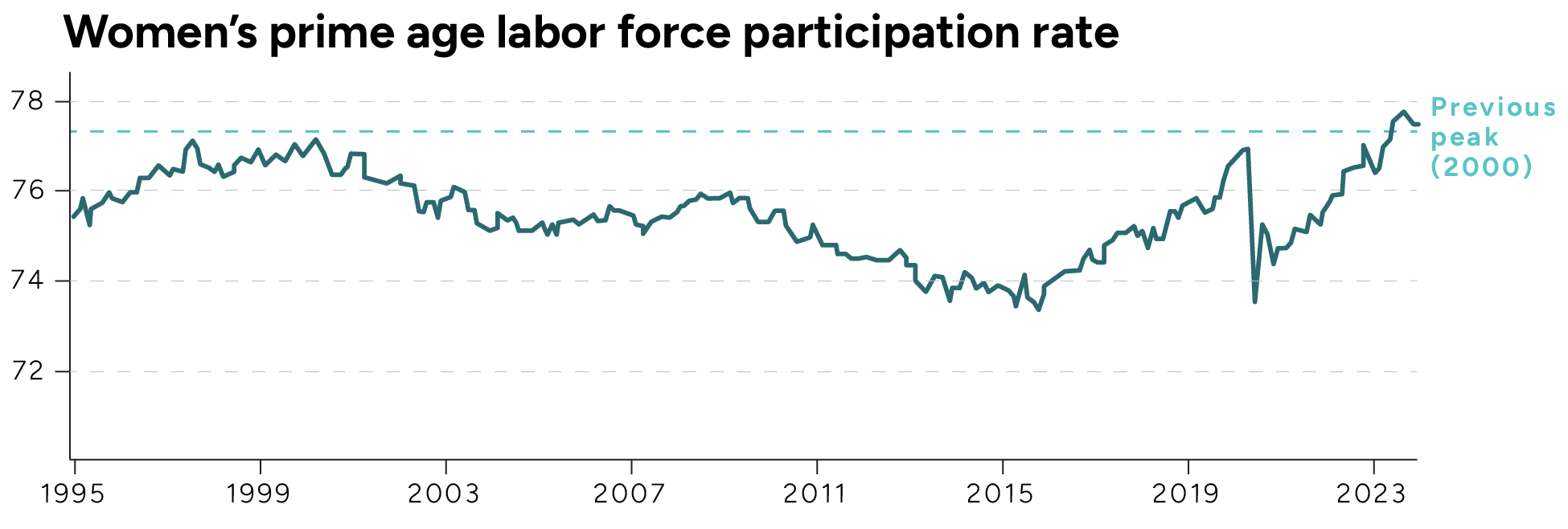
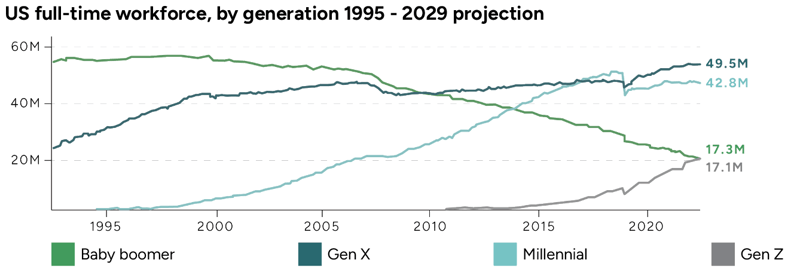
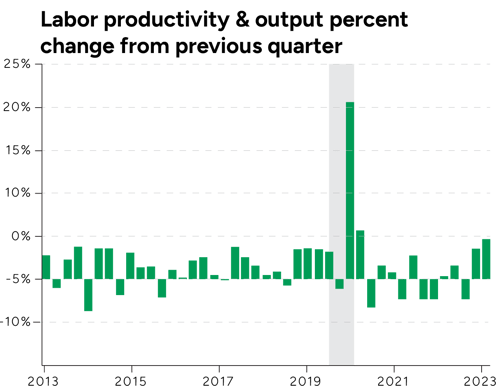
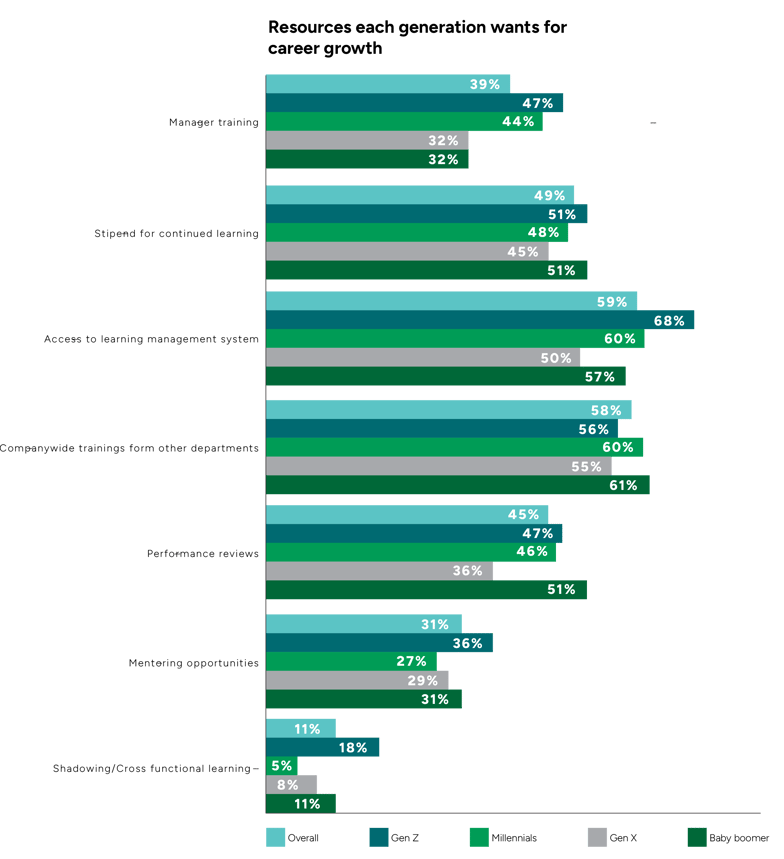

Comments